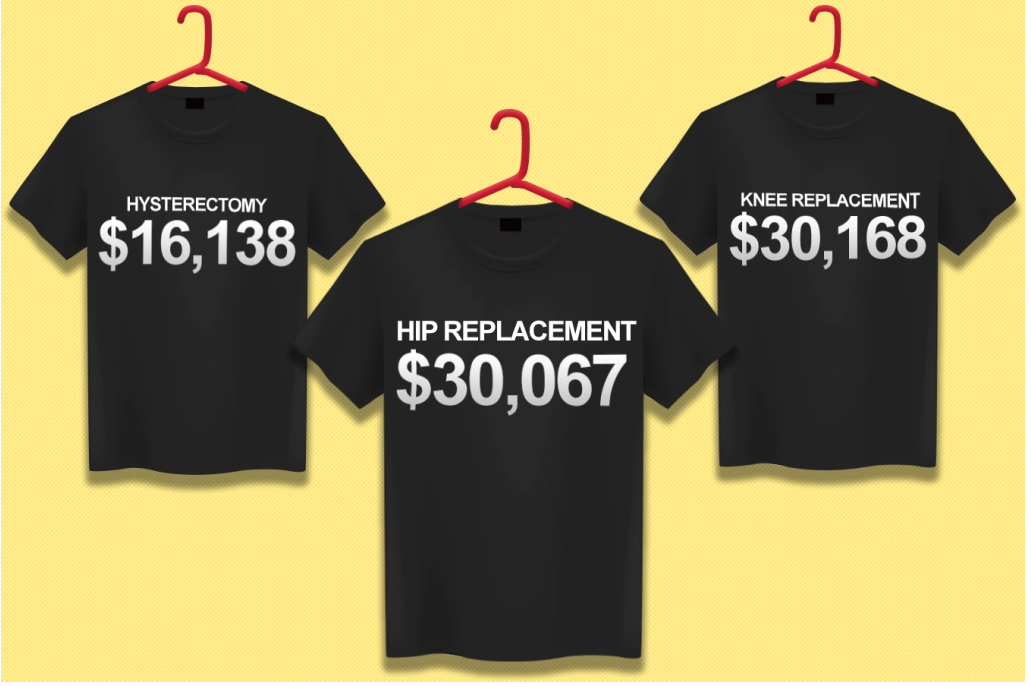
The lack of price transparency in the United States is a costly issue that many Americans are unaware of. Besides premiums, deductibles, and out-of-pocket costs, patients never know the actual costs of the procedures they are getting. Third-party payers reimburse providers for costs and patients pay the insurance company directly. The result of this process is a system where costs are dealt with after the delivery of care instead of before. That doesn’t work out so well for some.
The state of Maryland is attempting to shed some light on the price of health care services in order to shift the conversation to costs of delivery:
If only patients knew how expensive medical procedures are and how wildly prices vary by hospital, they could be smart shoppers and lower the cost of health care for everybody.
At least that’s what policy experts and health insurers keep saying as they promote “consumer-directed” health care and cost-comparison websites.
None of it has had much effect. Now, exasperated Maryland officials are presenting hospital cost information in a way they believe Americans might understand: on a T-shirt.
“We tried to focus it on a level most consumers are at,” said Ben Steffen, executive director of the Maryland Health Care Commission, which created the campaign. “It is an opportunity to wear a billboard in certain public settings” to get people to ask questions, he said.
You can get a black shirt that says “HIP REPLACEMENT $30,067” in big type from the commission’s WearTheCost.org website. Or one that says “HYSTERECTOMY $16,138.” Other shirts feature prices for a knee replacement or baby delivery.
Not every procedure would allow the patient time to shop around. If someone were suffering from a life-threatening injury, it would not benefit them to wait and make sure to find the lowest cost provider. But many procedures allow the patient plenty of time to inquire about the actual costs. If patients are savvier to the actual cost of care, the system will respond to consumer information in ways that will lower costs:
Economists like to note that health care lacks many attributes needed for a minimally functioning market, including customers who understand the product and know what it costs.
The price transparency movement was supposed to help fix that. If patients give more business to lower-cost institutions with fewer complications, the thinking goes, hospitals will work harder to contain costs and improve outcomes, slowing the increase in insurance premiums and government health expenses.
“The hope is that, over time, consumers will come to expect that prices are available … and use them regularly in making decisions about where to get care,” said Sarah Litton of Altarum, a research and consulting firm that worked on the campaign with the Maryland commission.
The healthcare sector would benefit from more price transparency. If you are interested in finding out more about what procedures roughly cost or getting a procedure t-shirt for yourself, you can visit the website here.


